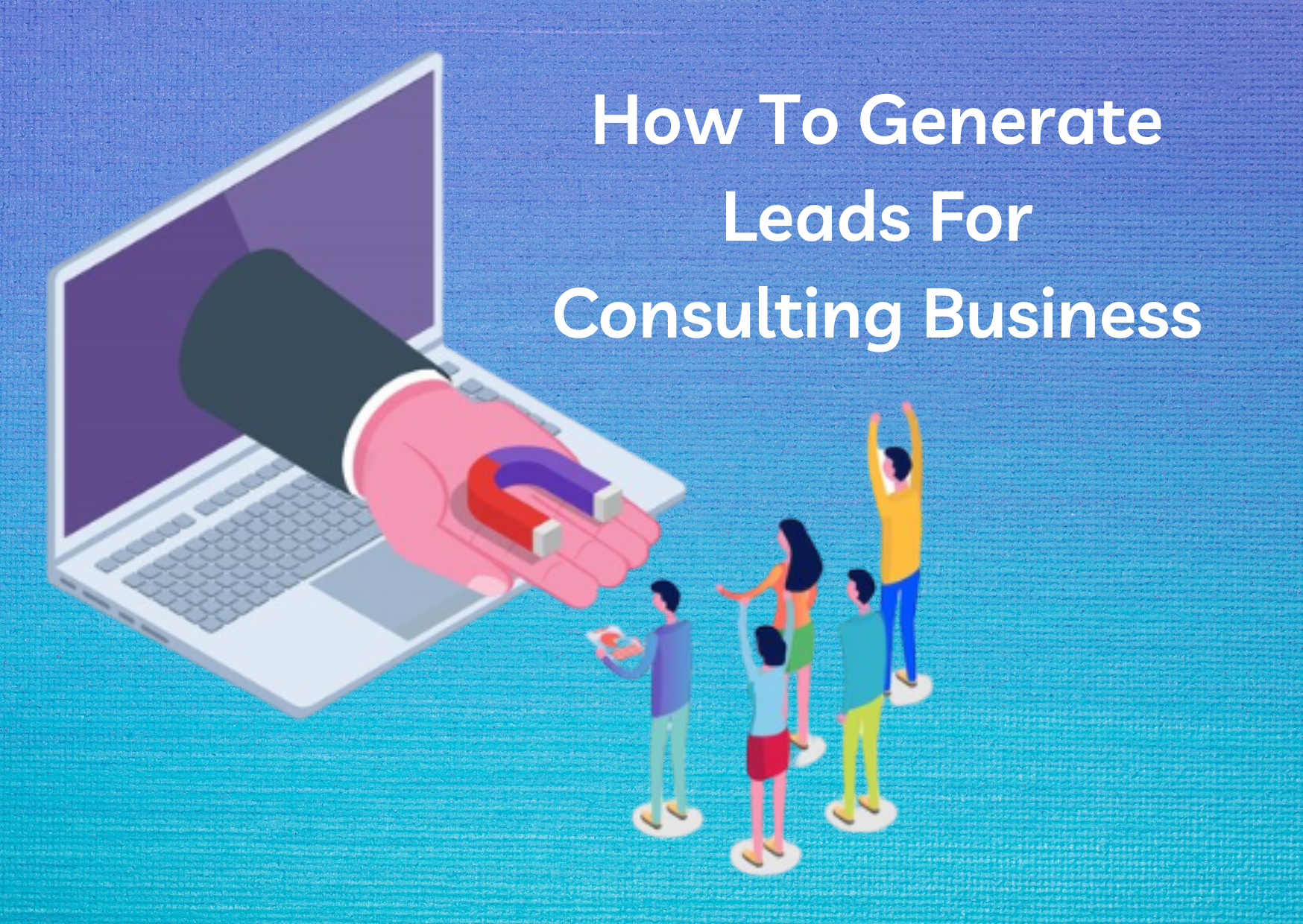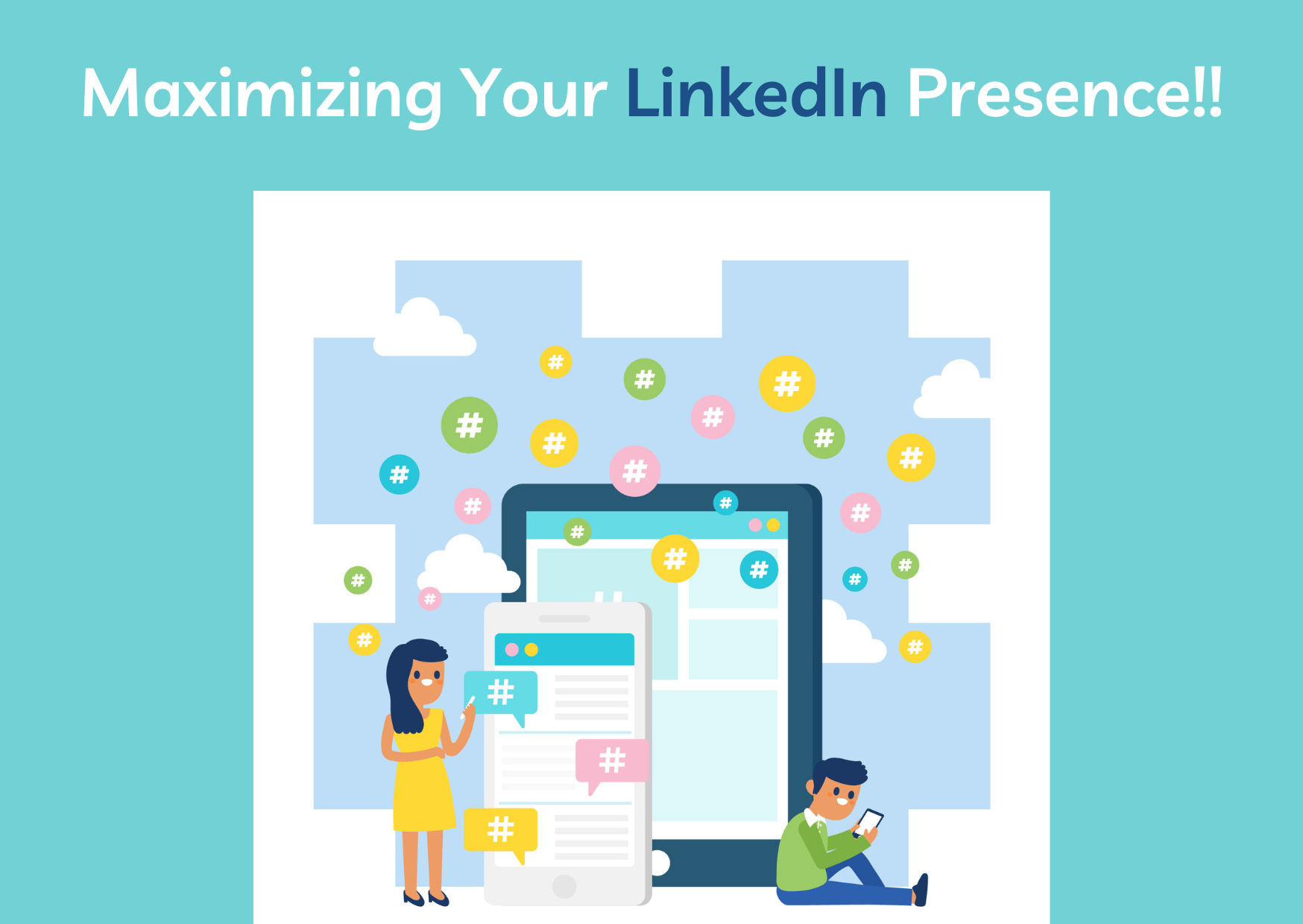In the context of banking, leads are potential customers who have shown an interest in the bank’s products and services. But, to generate leads in banking can be a challenging task sometimes. As the generated leads can come from a variety of sources. And it becomes difficult to find out high-quality leads from them.
The goal of generating leads in banking is to attract potential customers and convert them into actual customers. This is typically done by offering value and building trust with potential customers. So that they are more likely to choose the bank’s products and services over those of its competitors.
Once a lead has been generated, the bank can follow up with the potential customer through various means, such as phone calls, emails to provide more information. This can help to move the potential customer further down the sales funnel. And increase the likelihood of converting them into an actual customer.
5 Strategies for generating leads in Banking
There are many ways to generate leads in banking, but some effective strategies include:
Offering competitive products and services:
By offering competitive rates, fees, and features on your products and services, you can attract potential customers who are looking for the best deal.
For example, a bank could offer a high-yield savings account with no monthly fees and no minimum balance requirements. This could attract potential customers who are looking for a better deal on their savings account.
Leveraging digital marketing:
By using digital marketing tactics such as search engine optimization (SEO), social media advertising, and email marketing, you can reach a wider audience and generate leads online.
For example, a bank could use SEO to improve its ranking on search engines. This could make it more visible to potential customers who are searching for banking products and services online.
Partnering with other businesses:
By partnering with other businesses that serve a similar customer base, you can cross-promote each other’s products and services and generate leads through referral marketing.
For example, a bank could partner with a local real estate company to offer mortgage products to the company’s clients. This could generate leads through referrals from the real estate company.
Hosting events and workshops:
Hosting events and workshops that provide valuable information and education to potential customers can help to build trust and establish your expertise, which can lead to more leads.
For example, a bank could host a financial planning workshop that teaches attendees how to manage their money and plan for their future.
Offering personalized experiences:
By providing personalized experiences and tailored solutions to potential customers, you can build strong relationships and generate leads through word-of-mouth referrals.
For example, a bank could use customer data and insights to provide personalized recommendations and solutions to potential customers. This could help to build strong relationships through word-of-mouth referrals.
Overall, the key to generating leads in banking is to offer value and build trust with potential customers. By doing so, you can attract more people to your products and services and increase your chances of converting them into leads.
Banking
How To Generate Leads
Lead Generation
Lead Generation In Banking
Lead Generation Strategy








